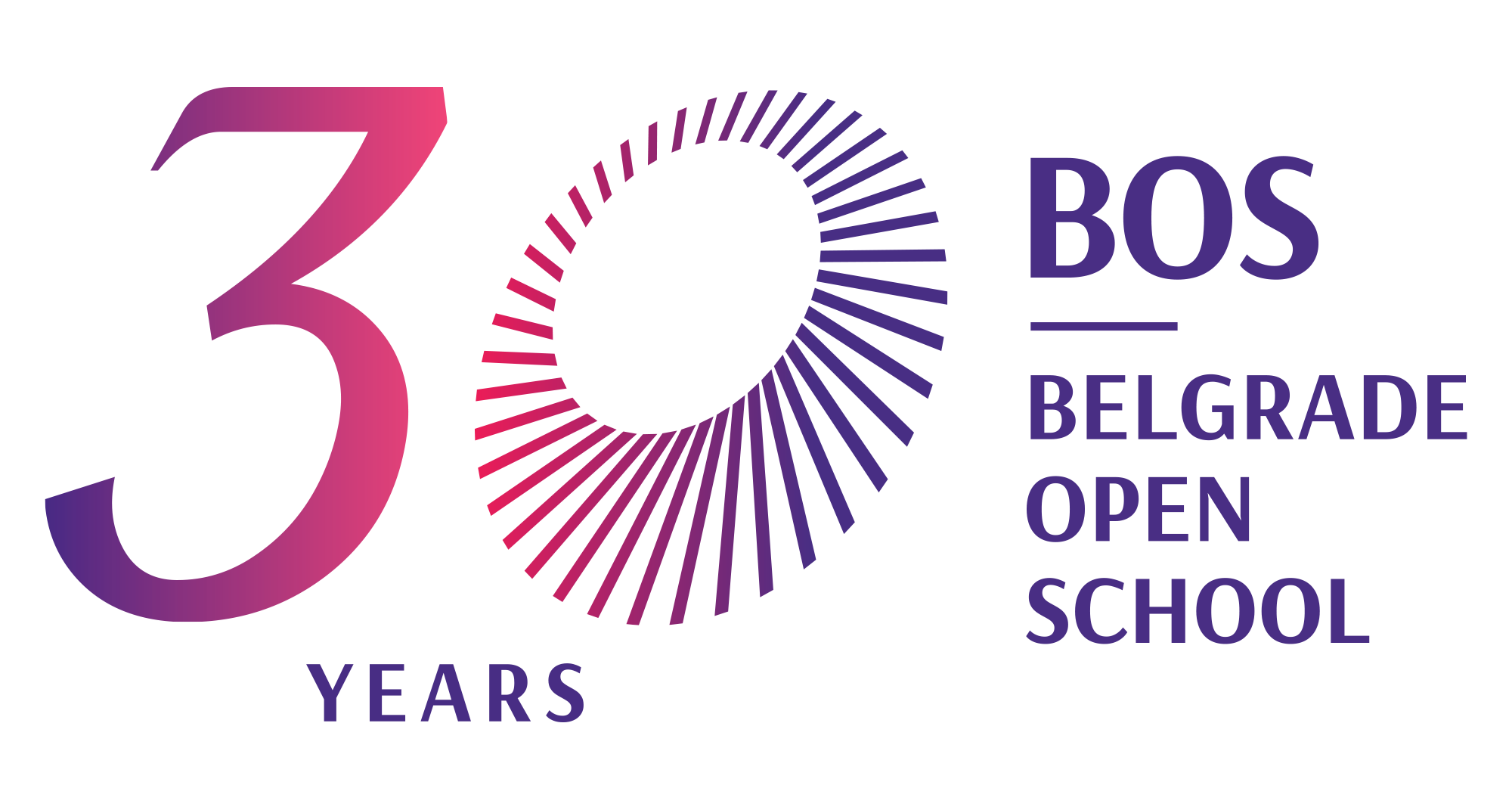The European Union is making efforts to realize the vision of the European Green Deal, which calls for Europe to be a climate-neutral continent by 2050. In order to achieve this, it is developing a mechanism whose purpose is to motivate the EU's trading partners to take steps to reduce their dependence on fossil fuels. Also, the European Green Deal mandates that the European Union be a fair society, and the introduction of various climate policies in accordance with the European Green Deal often puts its market at risk. In order to protect its economy and achieve the goals of both the Paris Agreement and its development strategy, the EU is establishing Carbon border adjustment mechanism - CBAM.
The Regulation on the establishment of a mechanism for regulating cross-border carbon emissions, i.e. taxation of imported goods, the production of which releases a large amount of greenhouse gases (GHG), was adopted on May 10, 2023 by the European Parliament and Council at the proposal of the European Commission. With this regulation, the taxation of GHG emissions of imported products, as well as goods produced on the territory of the European Union that are affected by the European Union Emissions Trading System - EU ETS, enables equal competition of domestic and imported products on the EU market.
Answers to many questions about CBAM await you in the EkoReflector section on our website zaživotnusredinu.bos.rs, which is part of the five-year project "Together for the Environment".
How CBAM was developed, in which ways this mechanism will regulate cross-border carbon emissions and how companies will be able to compensate for the emission of these gases during production, you can find in our text HERE.
Author of the photo: Belgrade Open School

